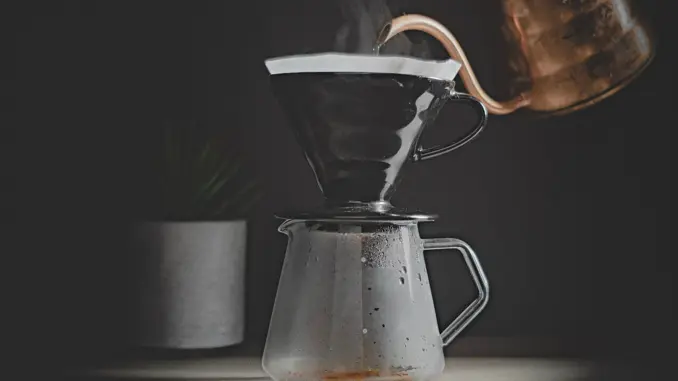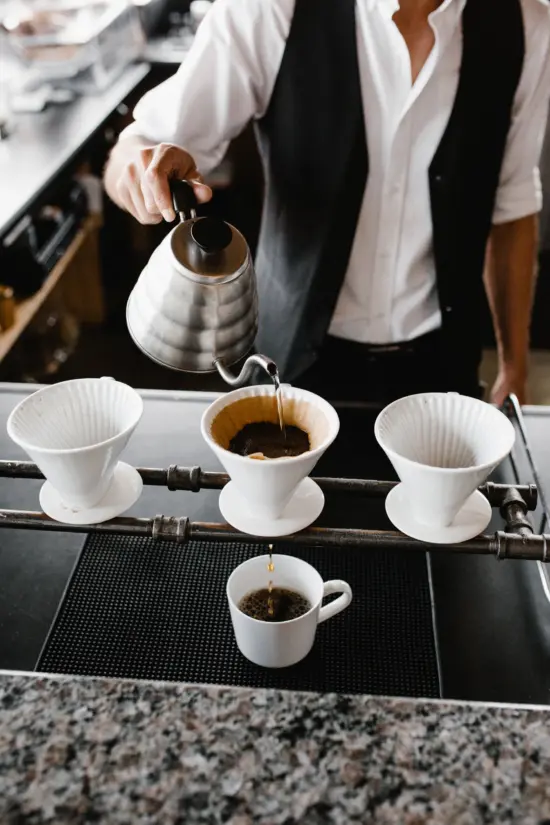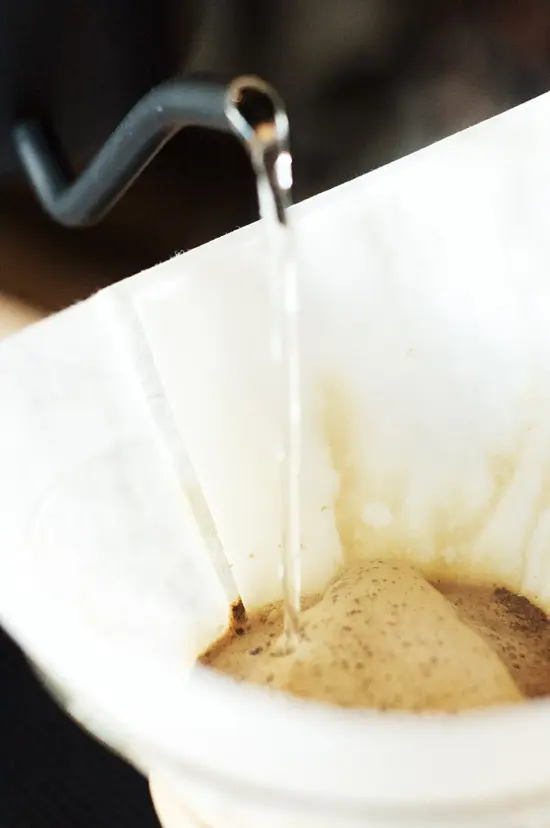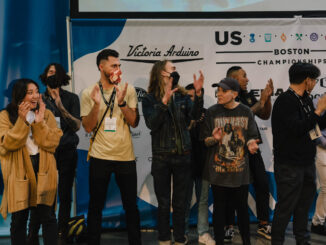
We explore the importance of water temperature when it comes to brewing pourover coffee.
BY EMILY JOY MENESES
BARISTA MAGAZINE ONLINE
Featured photo by Julien Labelle via Unsplash
Tired of inconsistent results when brewing your morning cup of coffee? The secret to a perfect pourover coffee lies in a multitude of factors—the quality of your beans and equipment, grind size, water-to-coffee ratio, pour rate, water temperature, and more. Every small detail affects the flavor profile of your coffee, and in this article, we’re taking a deeper look into how water temperature can make or break your cup.
Striking a Balance
Water temperature plays a crucial role in the flavor extraction of coffee in the pourover method. Firstly, water that is too hot can lead to over-extraction, resulting in a bitter, unpleasant taste. However, water that’s too cold may not extract enough flavor, resulting in a weak and watery cup of coffee. The ideal temperature range for brewing coffee using a pourover method is between 195 and 205 degrees Fahrenheit (90-96 degrees Celsius). Working with water within this temperature range will help ensure optimal extraction of the natural flavors in the coffee that you’re brewing.

With Pourovers, Timing Is Everything
Another factor to consider when brewing coffee is the brewing time, and how long your water is in contact with your coffee. As a general rule, the longer the coffee is in contact with water, the more flavor is extracted. However, water temperature can affect the speed at which coffee is extracted.
If the water temperature is too low, it may take longer to extract the desired flavor, leading to over-extraction if the brewing time is prolonged. Conversely, if the water is too hot, the coffee may extract too quickly, leading to under-extraction. Therefore, maintaining the optimal water temperature is essential for achieving the right timing needed to get a balanced cup of coffee.

Different Coffee, Different Needs
Lastly, it’s worth noting that different coffee beans may require different water temperatures to extract the optimal flavor. Lighter roasts typically require higher water temperatures, while darker roasts may require slightly lower temperatures. Additionally, different brewing methods may require different water temperatures, so it’s essential to adjust the water temperature based on the specific method being used.
When brewing, it’s best to play around within the optimal pourover water temperature range and see what works with the coffee you’re brewing. Ultimately, paying close attention to water temperature is a simple but essential step to achieving a great cup of coffee with the pourover method.
Stay tuned for more installments of our “Achieving the Perfect Pourover” series, where we’ll explore more aspects of the pourover process and how to achieve a balanced cup every time.
ABOUT THE AUTHOR
Emily Joy Meneses (she/they) is a writer and musician based in Los Angeles. Her hobbies include foraging, cortados, vintage synths, and connecting with her Filipino roots through music, art, food, and beverage.



